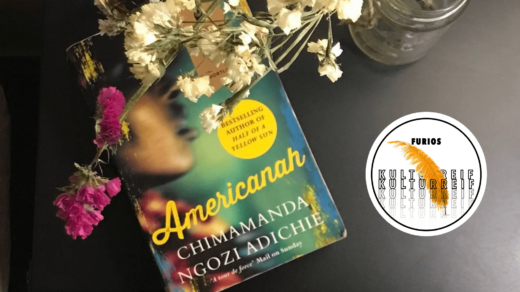Shot in three weeks, two aspiring film stars and one desolate shooting location: Malcolm & Marie, stands out for its genesis and outcome but will it do justice to the high anticipation? A review by Luca Klander.

Gratitude. Appreciation. Respect. Those are the magic words, the centre of gravity the emerging conversation orbitates around. In everything we do, say, think and feel, how much attention do we devote to the people that inspire us? This is where things are standing within twenty minutes. The idea is clear. The opposing opinions are obvious.
He apologizes, she forgives him. „So are we done fighting?”, he questions.
80 minutes to remain on the time indication anticipate the answer: By no means.
Act One: The Setting – „I know when nothing is something“.
Set in a modern glass bungalow of decent beauty and clear esthetics, the film follows the filmmaker Malcolm (John David Washington) and his girlfriend Marie (Zendaya) immediately after returning from the premiere of his latest movie. He prances around with a lighthearted gaiety, energetic, still inebriated by succes. Only at second glance he becomes aware of the woman in the shimmering dress next to him, stoically preparing mac ‘n’ cheese in a rather gloomy mood. The reason for the suppressed rage in her eyes: Among all the people Malcolm expressed his gratitude towards, one name never occurred. Marie.
Act Two: The Clash – „You’re psychotic.“ – „You’re hyperbolic.”
There is no permanent peace after Malcolm’s apology. The water retracts solely to be replaced by another approaching wave of criticism. What follows is a heated debate in which two opponents drive one another to despair. Torn between contradictory positions and facing their challenge of reconciling various interests, one is glad not to be part of this tough wrangling. The mutual circulation of Malcolm and Marie is a downward spiral. They descend the circular staircase of their relationship structure. The same questions arise time and again, diving in deeper and deeper. At some point they reach the base of their personal and relational foundation, facing each other in their bare strength and fragility. With an extreme – to some extent unrealistic – sharpness, they analyse the roles of narcissism, ignorance, emotional dependency and devotion to one another. They confront their counterparts with profound truths their eyes have been closed to. Self-conceptions crack and let painful insights come to light.
Act Three: Drama, Baby! „Should we get married?” – „Not in the mood.”
Malcolm & Marie is a panorama of the nature of the conflict, demonstrating dispute in its various shapes. It extends our traditional conception of arguing. The dispute is carried out in versatile shapes, flashing up in silence and shouting, laughing and crying, tenderness and coldness. The communication also takes place in unusual ways: Messages are transmitted via songs and articles. As if the argument wasn’t sufficient, one ultimately becomes a silent witness of the other being at war with themselves. One moment there are declarations of love and nonverbal confessions to one another, followed by indignities and taking advantage of weaknesses a few moments later. Regardless of their fight, in terms of passionate discussing, they both win.
Act Four: Question Marks and Dashes „I love the way your mind works. I love the way you see the world.”
Malcolm once says to Marie in a moment of mutual affection. He would probably also like the aesthetics of the movie he stares in. The jazz music lending a playful character to the debate. The glass facade providing unrestricted insights. The black-and-white-composition as expression of the uncompromising clash between differing views. The visually pleasing and dynamic nature of the film. He would like the changes of perspective rather than changes of the overall location. The long shots and details of the excellent camera work. He presumably wouldn’t like the fact that all his statements on the politicization of works by people of colour were put into his mouth by a white director (Sam Levinson). An accidental inconsistency or an intended ironic allusion?
Produced under pandemic conditions, the movie serves as an example of how strong limitations encourage unconventional ways of film-making. Yet some issues arise when attempting to bring intimate plays to domestic screens. Independent films tend to have certain lengths within their detailed examination of a theme and the more so demand endurance now and again. The suspiciously frequent and with the utmost care recorded toilet breaks cannot compensate for the occasional absence of variety. There are good reasons why demanding films are presented in the red-and-blue surroundings of arthouse cinemas and small theatres: The presence of the observing audience keeps people from leaving prematurely. But this is Netflix and no one prevents sensationalist spectators from selecting alternative entertainment. In the case of Malcolm & Marie patience pays off since the story takes an unexpected turn towards the end. So will there be a resurgence of two-character plays on large screens? A discussion to be postponed.



